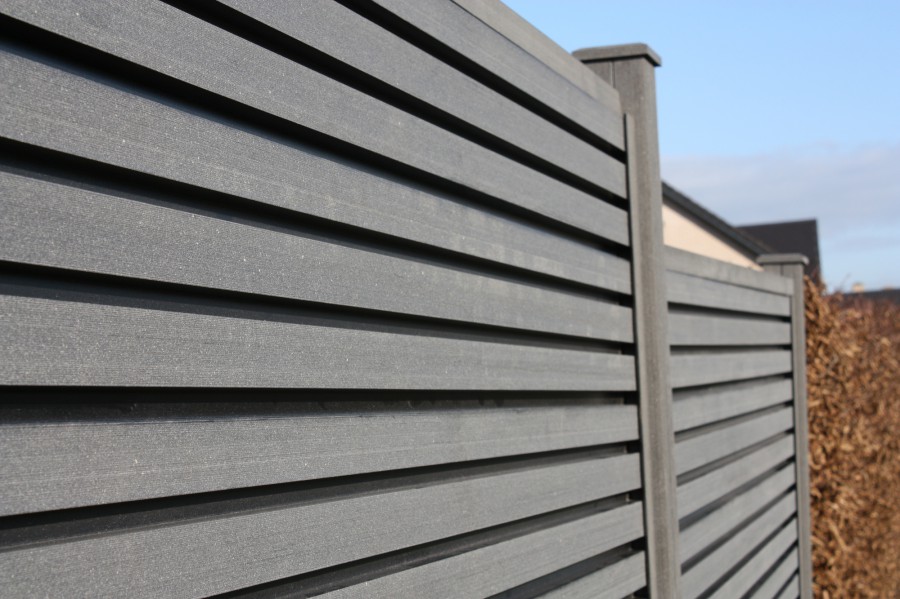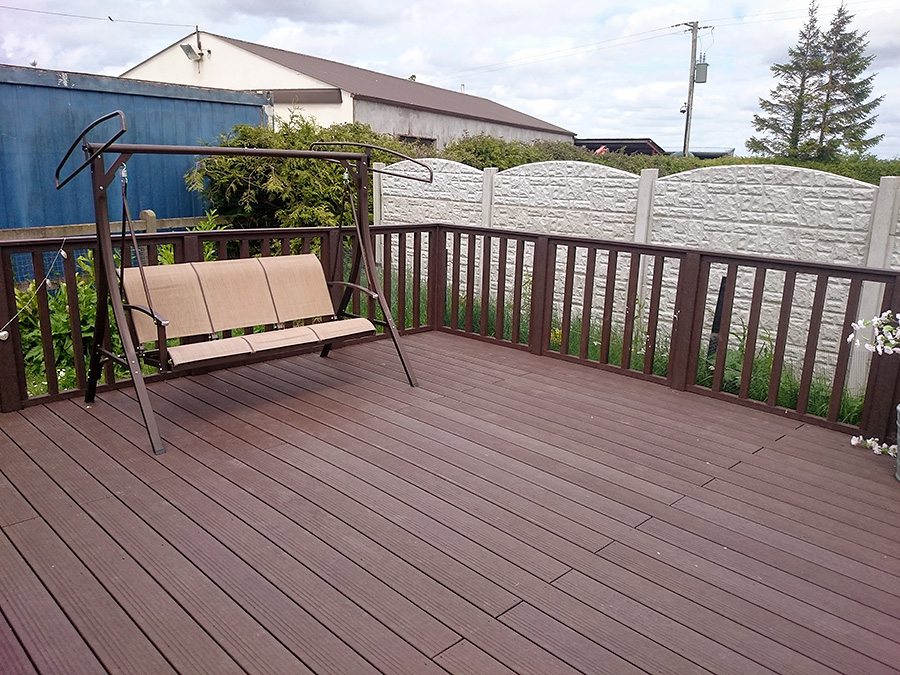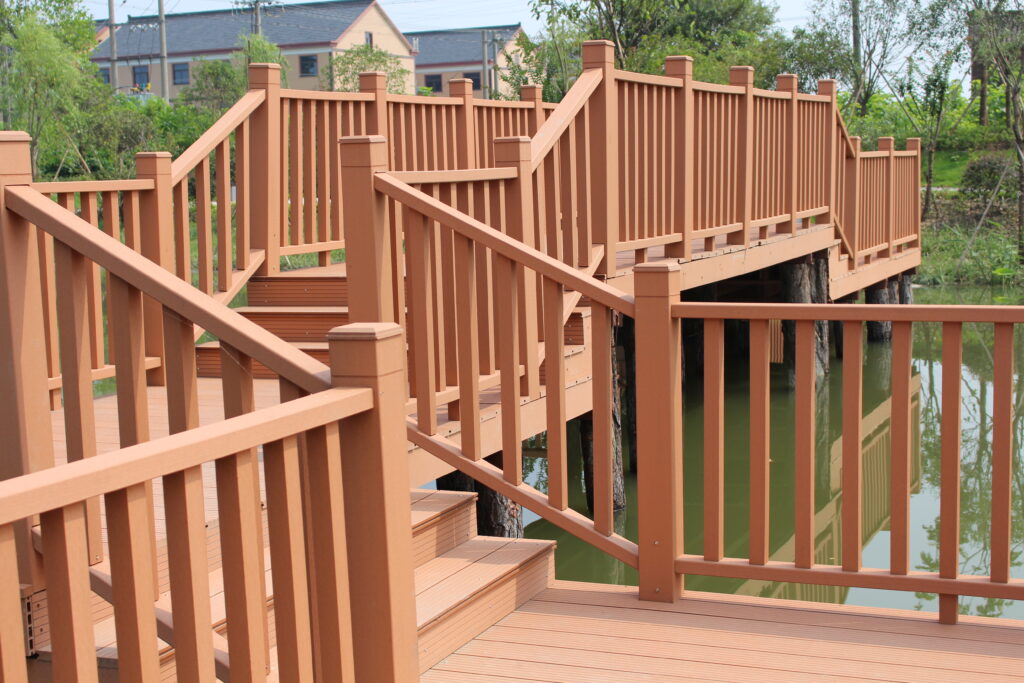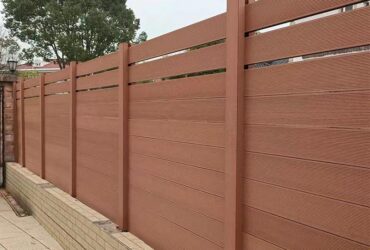Nano Plastic Wood Composite Material Technology
Nanocomposites have excellent mechanical properties and have always been a research hotspot in polymer composites. Compounding nanoparticles such as carbon nanotubes, montmorillonite, and nano-calcium carbonate with wood-plastic materials can effectively enhance and toughen the wood-plastic composite materials.In recent years, there have been more and more nano-wood plastic products on the European and American markets.So far, nano-plastic wood products account for more than 50% of the total volume of plastic wood products. Not only traditional high-end plastic wood doors, windows, handrails, and fences use plastic wood nanotechnology,Even low-end floors, fences, exterior wall panels, and formwork are increasingly using plastic wood nanotechnology.It can be said that wood-plastic nanotechnology has become the mainstream trend of wood-plastic products.

In the international market, plastic wood decking is classified as "Low Maintenance" products, and nano plastic wood flooring and PVC crusted foam flooring are classified as "Ultra-Low Maintenance" products.The reason is that nano-plastic wood flooring has better surface treatment, stronger weather resistance, high surface hardness, is not easy to scratch, and lower water absorption rate, overcoming the shortcomings of most ordinary plastic wood floors. Fading and surface cracks of plastic wood products are fatal defects of plastic wood products. Many companies have encountered complaints and returns related to this. Using nanotechnology to seal the core material can fundamentally and effectively solve these problems. At present, the main types of wood-plastic nanoparticles include PVC, PE and ASA. Among them, the output of PE-type wood-plastic nanoparticles is larger (the reason is that the amount of PE-type wood-plastic nanoparticles is larger, accounting for more than 75%).

At present, domestic production mainly uses recycled materials, so it is more necessary and urgent to use plastic wood nano-type products, otherwise they will be eliminated by the market.Some manufacturers are worried that co-extruded plastic wood will increase product costs. In fact, the direct cost of nano plastic wood production will not increase. Although the cost of the surface nanolayer is higher, the cost of the core layer has dropped (recycled materials, less additives , multi-wood powder).The thickness of the nanometer surface layer is very thin (0.3~0.5mm, and only 1mm needs to be embossed). You can add all the good additives that you usually don’t want to use (anti-UV, antibacterial, color masterbatch, lubrication, etc.).There could also be more colors.According to reports, the world's second largest plastic wood factory originally only had 4 colors, but nano plastic wood flooring has 8 colors. This can be easily achieved by adding a side feeder to the hopper of the nano extruder. There is no increase in the direct cost of production, except for the initial investment in molds and nano-specific extruders.

Usually, the special extruder for plastic wood nanometers uses TC35 or TC55 conical twin-screw extruder, which has high back pressure, small shear, and good plasticizing and mixing.In addition, compared with ordinary wood-plastic extruders, because the nano-layer is very thin, the special wood-plastic extruder has higher process requirements.More precise control of temperature and pressure as well as output flow speed requires better welding and coating of the core layer and nano-surface layer.In addition, the screw design is also different, requiring a larger compression ratio, larger contact surface, smaller shear, and higher pressure in the extrusion section. Although domestic plastic wood production started late, it has developed rapidly and has a large scale. It is now the world's second largest producer. However, we have to admit that the quality and technology of plastic wood technology products still lag behind the international advanced level. Part of the reason for the low product quality is that recycled materials are used in China. If we can seize the great opportunity of product upgrading such as plastic wood nanometers and improve the quality and grade of the products, it will be of great benefit to the healthy development of the industry.


